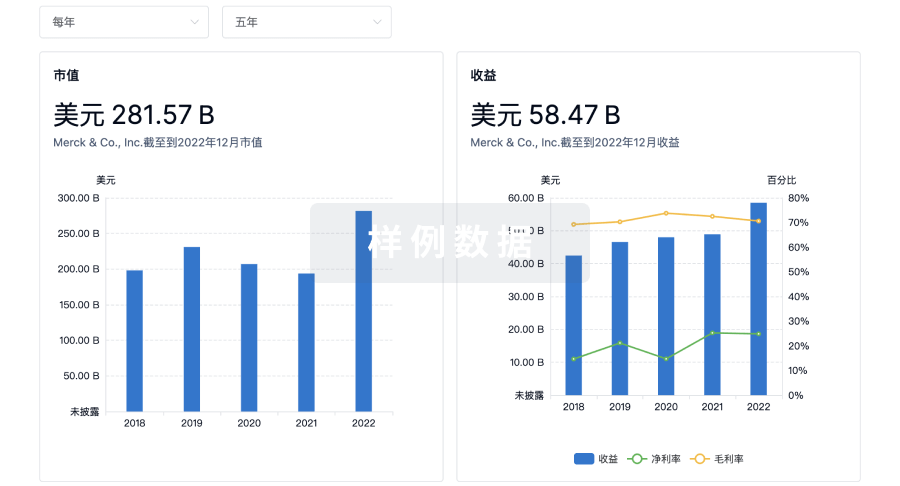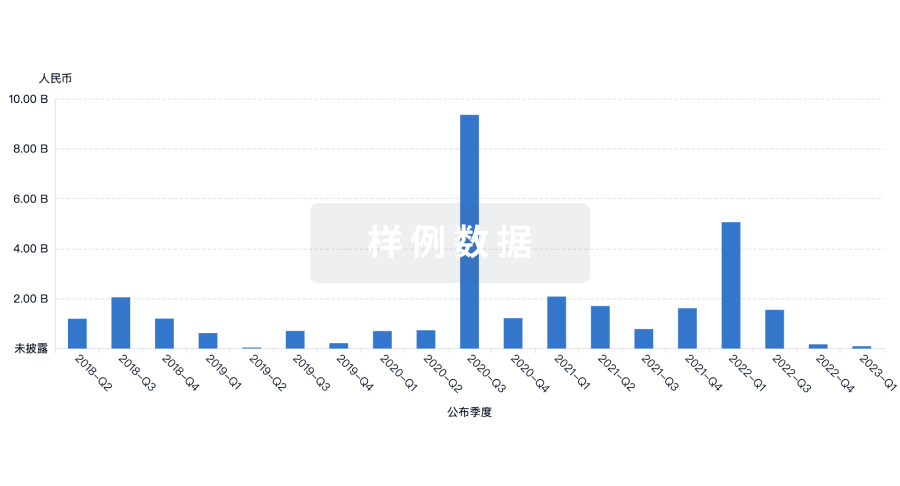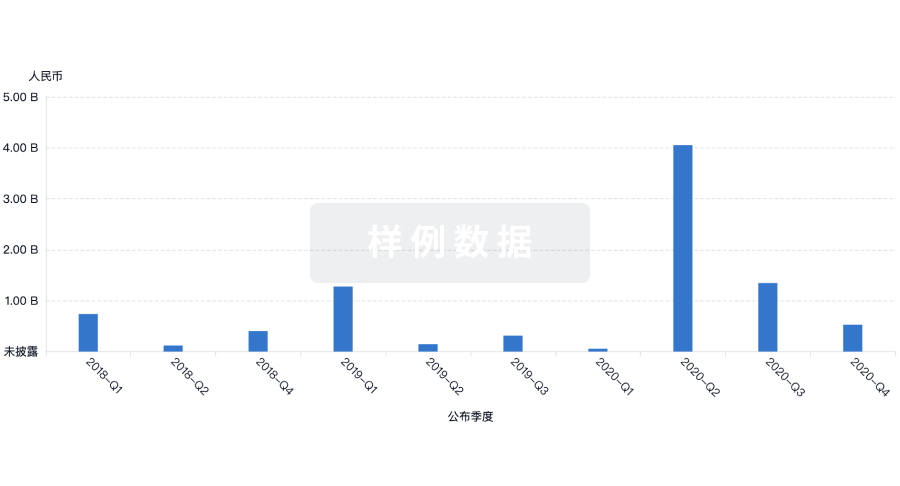预约演示
更新于:2025-10-09

Kagoshima University
更新于:2025-10-09
概览
标签
肿瘤
其他疾病
泌尿生殖系统疾病
小分子化药
miRNA
溶瘤病毒
疾病领域得分
一眼洞穿机构专注的疾病领域
暂无数据
技术平台
公司药物应用最多的技术
暂无数据
靶点
公司最常开发的靶点
暂无数据
| 排名前五的药物类型 | 数量 |
|---|---|
| 小分子化药 | 3 |
| miRNA | 1 |
| 溶瘤病毒 | 1 |
| 单克隆抗体 | 1 |
关联
6
项与 Kagoshima University 相关的药物作用机制 CCNE1 抑制剂 [+1] |
在研适应症 |
非在研适应症- |
最高研发阶段临床2期 |
首次获批国家/地区- |
首次获批日期- |
靶点 |
作用机制 survivin抑制剂 |
在研机构 |
在研适应症 |
非在研适应症- |
最高研发阶段临床1期 |
首次获批国家/地区- |
首次获批日期- |
靶点 |
作用机制 MIR424 调节剂 [+1] |
在研适应症 |
非在研适应症- |
最高研发阶段临床前 |
首次获批国家/地区- |
首次获批日期- |
72
项与 Kagoshima University 相关的临床试验JPRN-UMIN000054707
Random controled study for evaluate the effects of consumption of the test beverage on sleep quality - Random controled study for evaluate the effects of consumption of the test beverage on sleep quality
开始日期2024-07-01 |
申办/合作机构 |
JPRN-UMIN000054500
Relationship between oral hygiene management after meals and salivary secretions for patients undergoing nasogastric tube feeding oral hygiene management after meals and salivary secretions for patients undergoing nasogastric tube feeding: A quasi-experimental study - Relationship between oral hygiene management after meals and salivary secretions for patients undergoing nasogastric tube feeding oral hygiene management after meals and salivary secretions for patients undergoing nasogastric tube feeding: A quasi-experimental study
开始日期2024-05-07 |
申办/合作机构 |
JPRN-UMIN000052609
Investigation of the usefulness of the aldehyde breath test with respect to gastrointestinal diseases - Investigation of the usefulness of the aldehyde breath test with respect to gastrointestinal diseases
开始日期2023-11-01 |
申办/合作机构 |
100 项与 Kagoshima University 相关的临床结果
登录后查看更多信息
0 项与 Kagoshima University 相关的专利(医药)
登录后查看更多信息
18,288
项与 Kagoshima University 相关的文献(医药)2025-12-31·Cogent Food & Agriculture
Insecticidal activity of
Acmella paniculata
leaf and flower extracts against the fall armyworm,
Spodoptera frugiperda
(J. E. Smith) (Lepidoptera: Noctuidae)
作者: Tarno, Hagus ; Wang, Jianguo ; Hata, Kunihiko ; Wibowo, Raden Roro Almira Linda ; Setiawan, Yogo
The fall armyworm, Spodoptera frugiperda is a polyphagous crop pest in Indonesia.This study aimed to identify and assess the bioactivity of the insecticide compounds in Acmella paniculata against S. frugiperda.The leaf extract revealed isoamyl acetate (56.45%) and 4-vinylguaiacol (16.64%).The flower extract contained amyl propionate (17.22%), 4-vinylguaiacol (16.64%), and deanol (14.50%).The flower extract has insecticidal activity with the highest mortality rate (72-92%) at a concentration of 13%.The LC50 value of the flower extract is lower (6.236-8.769%) than the leaf extract (11.798-15.443%).Likewise with LC90, where the flower extract (10.945-15.453%) is more effective than the leaf extract (17.222-19.779%).The flower extract also inhibited the growth of S. frugiperda.At 48 h after treatment (HAT), inhibition reached 83.87%, while at 72 HAT it was 75.33%.Exposed larvae grew smaller, weighing only 7.98 mg at 72 HAT.The highest antifeedant effect was found in flower extract with a concentration of 13%, amounting to 74.87%.Amyl propionate and 4-vinylguaiacol are suspected as active components of the insecticide.With its effectiveness in controlling S. frugiperda, A. paniculata flower extract has the potential as an environmentally friendly biopesticide for controlling corn pests in Indonesia.
2025-12-31·NMC case report journal
Intrathecal Baclofen Therapy Improves Refractory Status Dystonicus in Neuro-hepatic Wilson's Disease: A Case Report
Article
作者: HANADA, Tomoko ; HIGASHI, Takuichiro ; HANAYA, Ryosuke ; YONEE, Chihiro ; MARUYAMA, Shinsuke ; YAMANAKA, Sae ; MATSUNAGA, Manaka
Wilson's disease is an autosomal recessive disorder of copper metabolism. A current unresolved issue is the worsening of neurological symptoms during the initial treatment phase, particularly with chelation therapy. This phenomenon, termed "early neurological worsening," is attributed to the rapid mobilization and redistribution of copper during treatment initiation. We report the case of a 10-year-old boy, with neuro-hepatic Wilson's disease who developed treatment-refractory generalized dystonia, which improved with intrathecal baclofen therapy. The patient experienced walking discomfort 5 months before referral to our hospital, with rapid progression to dysphagia and a 3 kg weight loss. Initially, he presented with dystonia, including foot inversion. Wilson's disease was diagnosed based on physiological, clinical, and imaging findings, with confirmation of a homozygous mutation in the ATP7B gene. The patient was treated with trientine hydrochloride, followed by zinc monotherapy. Despite appropriate chelation therapy, dystonia progressed to severe axial torsion involving the trunk. His condition deteriorated to status dystonicus, with high-grade fever, elevated creatine phosphokinase levels, and dehydration, requiring midazolam sedation. These symptoms were attributed to "early neurological worsening." A trial of intrathecal baclofen injection provided symptom relief, leading to the implantation of a baclofen pump, which significantly reduced the status dystonicus. At discharge, the patient had a modified Rankin Scale score of 5. Three years later, although wheelchair-dependent, his oral intake and speech are progressively improving with training. This is the first reported case of status dystonicus in Wilson's disease successfully treated with intrathecal baclofen, highlighting its potential as a viable treatment option for Wilson's disease-associated debilitating dystonia.
2025-12-31·OncoImmunology
Current landscape and future prospects of interleukin-2 receptor (IL-2R) agonists in cancer immunotherapy
Review
作者: Tanigawa, Kengo ; Redmond, William L.
Immune checkpoint blockade (ICB) has significantly improved the survival for many patients with advanced malignancy. However, fewer than 50% of patients benefit from ICB, highlighting the need for more effective immunotherapy options. High-dose interleukin-2 (HD IL-2) immunotherapy, which is approved for patients with metastatic melanoma and renal cell carcinoma, stimulates CD8+ T cells and NK cells and can generate durable responses in a subset of patients. Moreover, HD IL-2 may have potential efficacy in patients whose disease has progressed following ICB and plays a vital role in expanding tumor-infiltrating lymphocyte (TIL) in TIL therapy. Despite its potential, the use of HD IL-2 is limited by severe toxicities such as hypotension and vascular leak syndrome. Additionally, only a few patients achieve a good outcome after HD IL-2 therapy. To address these challenges, numerous next-generation IL-2 receptor (IL-2 R) agonists have been developed to exhibit treatment effects while minimizing adverse events. This review will explore IL-2 biology, the clinical application of HD IL-2 therapy, and the development of novel IL-2 R agonists for cancer immunotherapy.
1
项与 Kagoshima University 相关的新闻(医药)2025-08-06
2025年8月5日,Surv-Biopharma株式会社与日本脏器制药株式会社宣布,双方已就溶瘤病毒“Surv.m-CRA-1”签订了一份针对骨软组织肿瘤的日本独家许可协议。
该产品由Surv-Biopharma首席科学官小戝健一郎(鹿儿岛大学教授)独立开发。根据协议,日本脏器制药获得了在日本国内针对骨软组织肿瘤(包括原发性恶性骨肿瘤、恶性软组织肿瘤及转移性骨肿瘤)的独家开发、制造和销售权。
根据协议条款,Surv-Biopharma将根据开发进展和上市后的销售业绩,从日本脏器制药获得包括签约金在内的最高105亿日元总款项。此外,Surv-Biopharma还将根据日本国内的年度销售额获得特许权使用费。
“Surv.m-CRA-1”是一款独特的溶瘤病毒,搭载了Surv-Biopharma独有的“survivin启动子”,该启动子可在癌细胞中特异性激活。因此,该病毒能够在不伤害正常细胞的情况下,仅在癌细胞中增殖并选择性杀灭癌细胞。它被寄予厚望,有望成为一种具备高疗效和高安全性,并能治疗现有疗法无效的癌症干细胞的划时代癌症治疗药物。
目前,Surv-Biopharma已将该病毒的首个适应症定为“原发性恶性骨肿瘤”——一种存在高度未满足医疗需求的罕见癌症,并已在日本完成了II期临床试验。由于试验结果非常理想,目前正准备于2025年10月启动III期临床试验,以期在2027年获得正式批准(本批准),使其成为日本首个获得批准的基因治疗药物。
通过此次合作,拥有骨科领域长期积累的日本脏器制药将与Surv-Biopharma携手合作,加速临床开发、制造和质量管理等工作,力争尽快将Surv.m-CRA-1推向市场。获得批准后,日本脏器制药将利用其在骨科领域的经验和网络,迅速有效地为广大患者提供该药物。
临床2期基因疗法临床3期申请上市
100 项与 Kagoshima University 相关的药物交易
登录后查看更多信息
100 项与 Kagoshima University 相关的转化医学
登录后查看更多信息
组织架构
使用我们的机构树数据加速您的研究。
登录
或

管线布局
2025年12月02日管线快照
管线布局中药物为当前组织机构及其子机构作为药物机构进行统计,早期临床1期并入临床1期,临床1/2期并入临床2期,临床2/3期并入临床3期
药物发现
2
3
临床前
临床1期
1
3
其他
登录后查看更多信息
当前项目
| 药物(靶点) | 适应症 | 全球最高研发状态 |
|---|---|---|
Surv.m-CRA-1 ( survivin ) | 肿瘤 更多 | 临床1期 |
Lunresertib ( CCNE1 x PKMYT1 ) | 膀胱癌 更多 | 临床前 |
miR-424-5p (Kagoshima University) ( MIR424 ) | 膀胱癌 更多 | 临床前 |
c-SF-25 Mab(Kagoshima University) ( SLC3A2 ) | 成人T细胞白血病/淋巴瘤 更多 | 临床前 |
EP4147701 ( ADCYAP1R1 )专利挖掘 | 抑郁症 更多 | 药物发现 |
登录后查看更多信息
药物交易
使用我们的药物交易数据加速您的研究。
登录
或

转化医学
使用我们的转化医学数据加速您的研究。
登录
或

营收
使用 Synapse 探索超过 36 万个组织的财务状况。
登录
或

科研基金(NIH)
访问超过 200 万项资助和基金信息,以提升您的研究之旅。
登录
或

投资
深入了解从初创企业到成熟企业的最新公司投资动态。
登录
或

融资
发掘融资趋势以验证和推进您的投资机会。
登录
或

生物医药百科问答
全新生物医药AI Agent 覆盖科研全链路,让突破性发现快人一步
立即开始免费试用!
智慧芽新药情报库是智慧芽专为生命科学人士构建的基于AI的创新药情报平台,助您全方位提升您的研发与决策效率。
立即开始数据试用!
智慧芽新药库数据也通过智慧芽数据服务平台,以API或者数据包形式对外开放,助您更加充分利用智慧芽新药情报信息。
生物序列数据库
生物药研发创新
免费使用
化学结构数据库
小分子化药研发创新
免费使用


